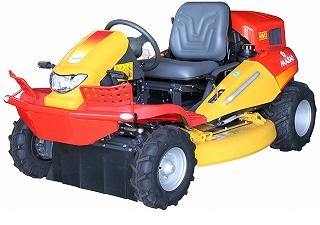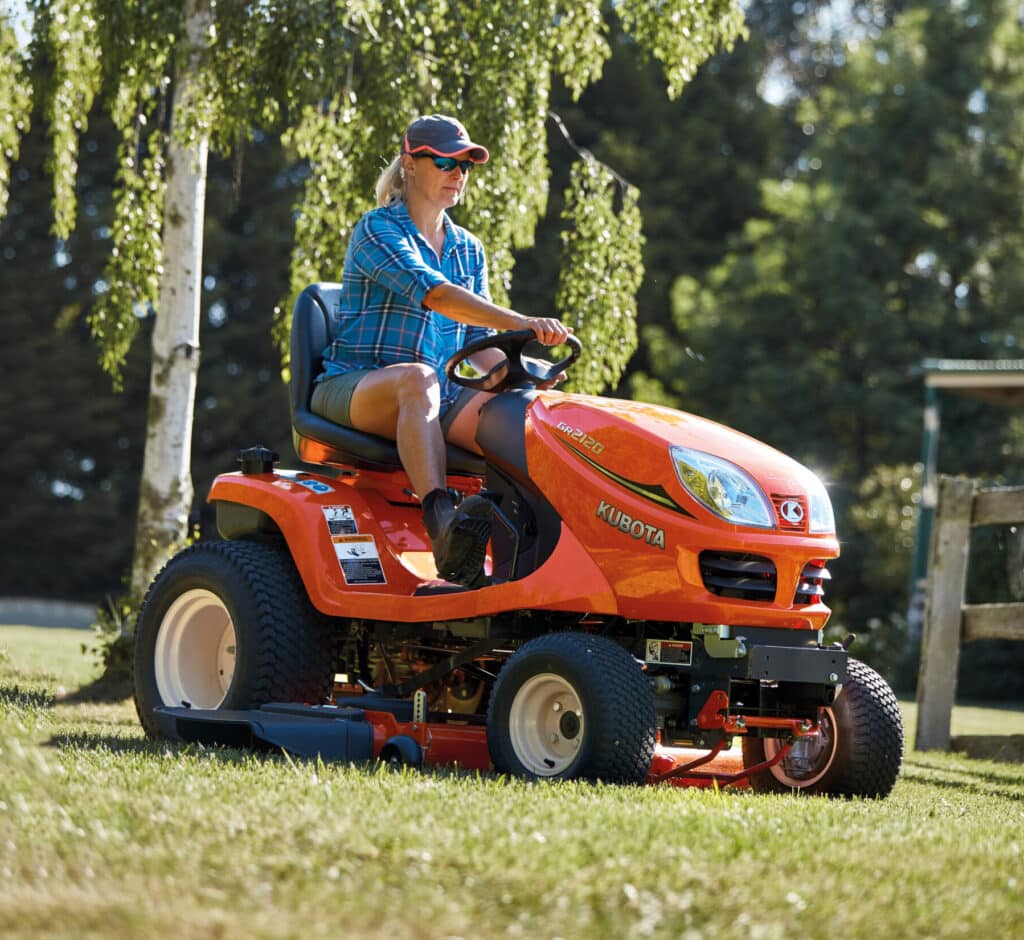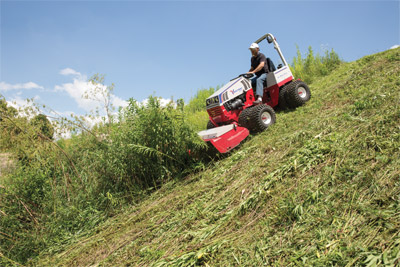2muchgrass2mow
Active Member
- Joined
- Jul 3, 2022
- Threads
- 3
- Messages
- 67
I am in almost an identical situation. Everything I have read, and my own common sense told me that a ZT is not the machine for steep slopes. Hardly any weight in the front - which creates problems going both up hills and mowing across them. Dangerous! I had a Husky YT42 DXLS lawn tractor with an auto locking tranny that did a good job, but it eventually failed for reasons I won't bore you with.I think I have decided on the x350. It will be more versatile as far as doing other things too. Another question I have is about deck size. 42 vs 48. Which would be better for uneven terrain, and would a larger deck help with balancing the machine. I have a little over an acre to cut, about 1/3 of it is on a slope.
After some research and thinking about it (I never even considered a ZT), I bought a JD X370 and added 2- 45 lb. weights on the rear. Those and my 160 lb. body weight get the job done - BUT I STILL AM VERY CAREFUL, ESPECIALLY MOWING ACROSS!! I also disabled the ridiculous button gizmo they put on there to mow in reverse. On hills, when a quick forward to reverse is essential, you don't want to be impeded with that. Again, unsafe. That control is just generally a pain, and IMO is only utile if you have a bunch of kids or dogs running around. I would never disable the seat switch though!
Finally, the 370 comes standard with hydraulic power steering and deck lift. for a guy like me with severe arthritis in both hands/wrists/fingers it was a lifesaver! Steers like my Lincoln MKZ . . . It will cost between 5-6K, and uses a bit more gas than the Husky did, but it is the absolute finest lawn tractor I've ever owned - and at 73 I've owned quite a few. But bottom line, I would steer you away from ZT's. I'm sure they are wonderful machines, and full disclosure I have never owned one for the above reasons. And with a shoulder replacement and arthritis in the other shoulder too, it would be nearly impossible for me to hold my arms up that long to maneuver it. If you are thinking of a 350, spend the extra $ and go with the X370. You won't be sorry!
PS - while a bigger deck might (I don't know) provide more stability, a 42" will cut closer in those gullies and crannies, and is more maneuverable generally, and I can't get anything larger in my basement.
Last edited:





